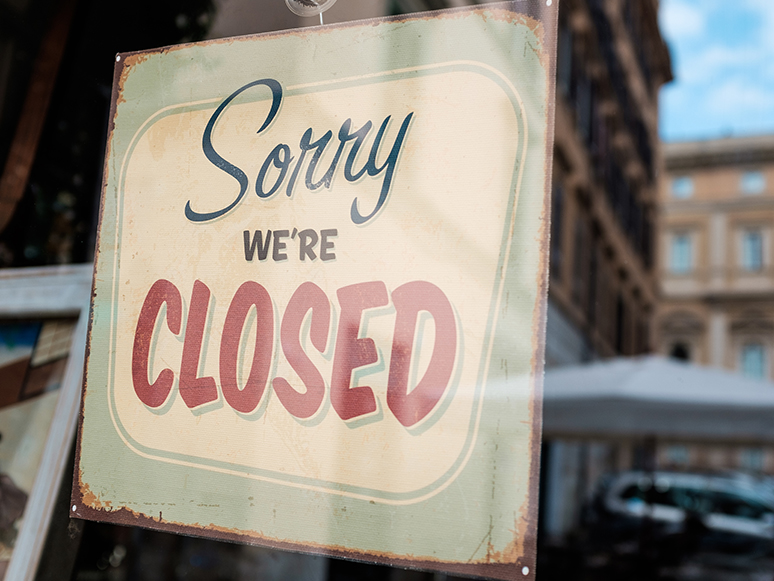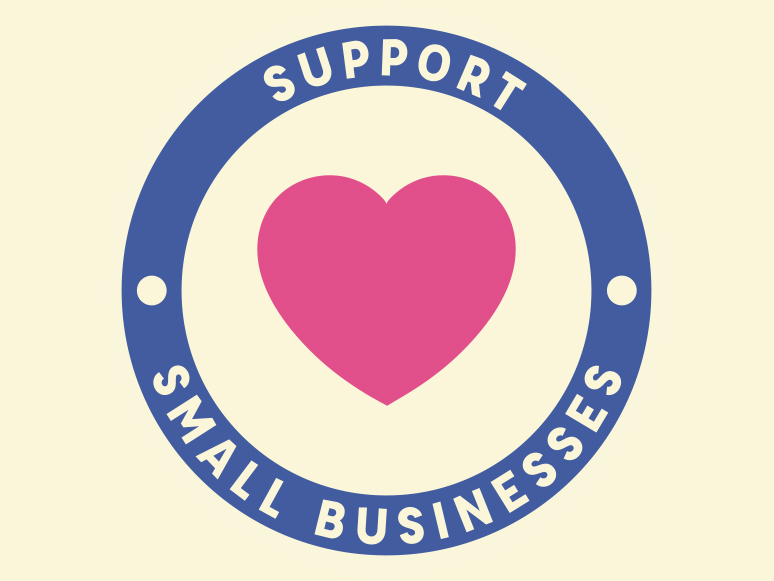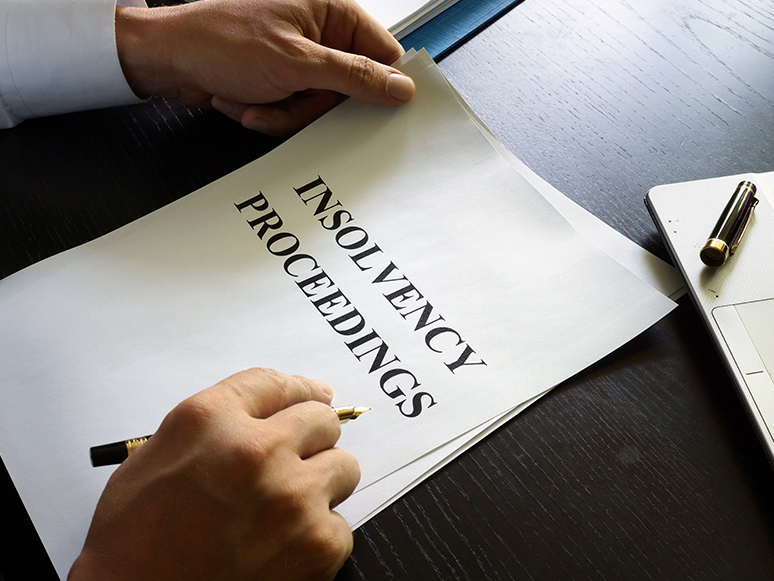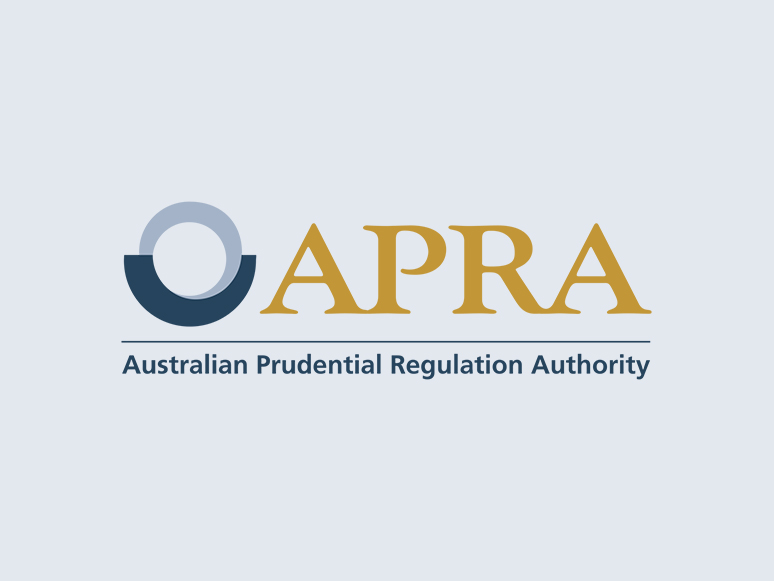logo


17th Nov, 2020

The ATO advises that the “shortcut” rate for claiming work-from-home running expenses has been extended, in recognition that many employees and business owners are still required to work from home due to COVID-19 This shortcut deduction rate was previously extended to 30 September 2020, but will now be available until at least 31 December 2020.
Eligible employees and business owners, therefore, can choose to claim additional running expenses incurred between 1 March 2020 and 31 December 2020 at the rate of 80 cents per work hour, provided they keep a record (such as a timesheet or work logbook) of the number of hours worked from home during the period.
17th Nov, 2020

An additional category for alternative “decline in turnover” tests is now available for the purposes of the revised JobKeeper payment system (which commenced on 28 September 2020) for entities that temporarily ceased trading for some or all of the relevant comparative period.
Under the revised system, an entity must have had an actual decline in its turnover for the applicable quarter relative to the same quarter in 2019. This generally involves making a one-to-one comparison of the 2020 numbers to those in the corresponding period in 2019, to see if it exceeds the 15%, 30% or 50% decline threshold (depending the type of entity).
Alternative tests can only be used if there is not an “appropriate relevant comparison period” in 2019, and four requirements must be satisfied for an entity to use the alternative tests for the new “temporary cessation of business” category. That is, in the comparison period:
17th Nov, 2020

The Department of Education, Skills and Employment (DESE) has commenced a new ongoing data-matching program with the ATO in relation to the Supporting Apprentices and Trainees (SAT) measure. The program seeks to confirm the eligibility of employers receiving the subsidy, as well as stamp out any potential double-dipping of government assistance (for example, claiming both SAT and JobKeeper support at the same time for the same employee).
Under SAT, employers can apply for a wage subsidy of 50% of the apprentice’s or trainee’s wage paid until 31 March 2021. To be eligible, an apprentice must have been in an Australian apprenticeship with a small business as at 1 March 2020. SAT has since been expanded to include medium sized businesses that had an apprentice in place on 1 July 2020. Employers of any size who re-engage an eligible out-of-trade apprentice are also eligible to claim the SAT wage subsidy. However, there are restrictions on when an employer can claim SAT for an eligible apprentice.
Data relating to around 117,000 apprentices and trainees and more than 70,000 employers will be transferred between DESE and the ATO. The program will be ongoing, with data transfer to occur at regular intervals as required over the life of the SAT measure.
Where the data-matching program detects a discrepancy or an anomaly that requires verification, DESE will contact the business and provide them with an opportunity to verify the accuracy of the information on which the eligibility was based. Businesses will be given at least 28 days to respond and any relevant individual circumstances will be taken into consideration.
17th Nov, 2020

The ATO has reminded businesses impacted by COVID-19 that they have a range of tax options to consider, including claiming a deduction for any losses. And for businesses finding it difficult to estimate income for the purposes of PAYG instalments, the ATO will not apply penalties or interest for excessive variations where businesses make a “best attempt” to estimate their end-of-year tax.
Sole traders and individual partners in a partnership who meet certain conditions can offset current year losses against other assessable income (such as salary or investment income) in the same income year.
Otherwise, the loss can be deferred or carried forward and offset in a future year when the business next makes a profit. Businesses set up under a company structure that have made a tax loss in a current year can generally carry forward that loss for as long as they want. Of course, it’s crucial to keep proper records when claiming a deduction for losses.
The ATO has acknowledged that some businesses may need to close their doors – either temporarily or permanently – due to COVID-19, particularly in Victoria. It calls on such businesses to “do their best to keep up with tax and super obligations”.
If a business is forced to close permanently as a result of COVID-19, or for any other reason, it must still lodge any outstanding activity statements and instalment notices, make GST adjustments on the final activity statement and lodge final tax returns. This will enable the ATO to finalise the tax account and issue any refunds that might be owed.
17th Nov, 2020

The Government has announced that it will introduce insolvency reforms to help small businesses restructure in response to COVID-19, including:
Safeguards will be included to prevent companies from using the new processes to undertake corporate misconduct, including firms seeking to carry out illegal phoenix activity.
The new insolvency processes are proposed to be available from 1 January 2021.
17th Nov, 2020

The Australian Prudential Regulation Authority (APRA) has published new guidance on the interaction between JobKeeper payments and satisfying the “work test” for the purpose of voluntary superannuation contributions.
Where an individual is aged 67–74 and is stood down from their employment due to the impacts of COVID-19 but is in receipt of the JobKeeper payment, APRA says a super fund trustee can accept a personal contribution from that individual under the super “work test” rules. APRA’s view is that where an employer is receiving the JobKeeper wage subsidy for an individual, registrable superannuation entity (RSE) licensees should consider the individual to be “gainfully employed” for the purposes of the “work test”, even if that individual has been fully stood down and is not actually performing work. In APRA’s view, this is appropriate because the individual is still employed and is obtaining a valuable benefit from their employer.